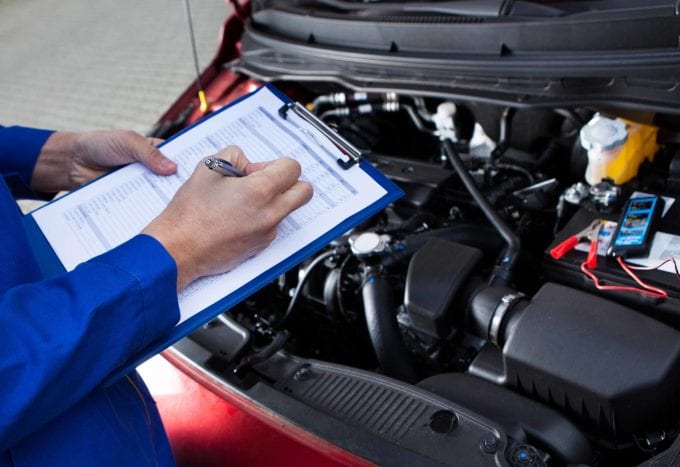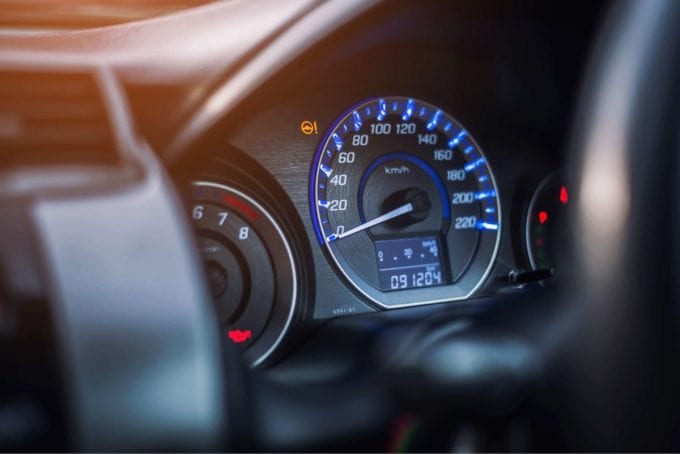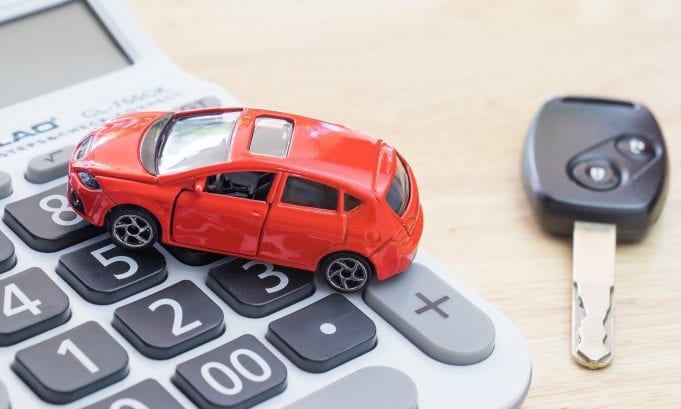Having dedicated business vehicles can boost your operation. The trouble is, owning even just one vehicle comes with a lot of responsibility, and it can cost a lot of money. For many business owners, it’s tempting to forgo the work vehicles altogether and simply reimburse employees whenever they have to use their own vehicles for work.
Don’t let the potential cost of driving work vehicles keep you away from enjoying the benefits of owning your own fleet! The benefits of having your own cars include:
- The ability to control your corporate image
- Full control and oversight of the vehicles
- You can increase your mobile workforce
- The ability to write corporate vehicles off on taxes
Want to keep your vehicles without draining your bank account? Follow these tips!
1. Replace the Cars as Infrequently as Possible

Nothing costs more than purchasing a new car, even if you pick one up used. You can expect a quality vehicle to cost tens of thousands of dollars, so you should strive to replace them as infrequently as possible.
That includes holding off on buying a new vehicle just because you think yours is getting outdated, but it might also mean conducting a car safety course for your employees. If there’s an accident, not only might you have to pay to replace the car, you may have to help pay medical costs associated with the accident. You may also end up having to seek the assistance of an attorney, like Zavodnick, Zavodnick & Lasky, LLC.
2. Stay on Top of Each Car’s Maintenance Schedule

If you want to make your work vehicle last as long as possible, it is important to stay on top of every car’s maintenance schedule, as well as scheduled repairs whenever they pop up.
That means knowing the right way to change the oil in the car, but it also means knowing the appropriate time to replace parts and filters, according to the make and mileage of your car. This can be difficult when dealing with a single personal vehicle, but maintaining a maintenance schedule for a fleet of vehicles can be a nightmare.
Create a schedule and stick to it. Maintain the same cars at the same time every year so you know exactly which cars are getting attention and when.
3. Pay as Much Cash as You Can When Buying a New Car

Even if you do what you can to prolong the usefulness of your existing vehicles, there will come a time when you have to purchase a new one. When that time comes, you should put down as much cash as you can.
Purchasing the car outright will help you avoid paying interest on a loan, but if you don’t have enough money to forgo the loan altogether, at least put down a good down payment. It will reduce the amount of interest you’ll pay over the lifetime of the loan, and it will lower your monthly payments.
4. Only Pay for the Insurance You Need

Insurance can be tricky, especially when you’re covering employees who are driving the vehicle. However, it’s important to keep a close eye on your insurance and only pay for what you need.
If your vehicles are older, you may want to drop collision coverage. Raising the deductible on your policy can also help you save hundreds of dollars every year.
It is important to make sure every single person driving the vehicle is on the insurance, but that doesn’t mean everyone needs to be on your insurance policy. Only include those who are actually driving the car.
Don’t forget to compare car insurance rates! At least once a year, you should do a quick search to see if there’s a company that can give you a better deal on your car insurance.
5. Find a Cheap Spot to Get Gas

Gas can be a huge cost for businesses that are driving vehicles for work. It’s well worth your time to use an app to find the best prices on gas.
Don’t think that means you have to drive all the way across town to get the best prices on gas. By the time you get there, you will have spent more money on gas than you will save! Instead, look for the best prices on routes you regularly take through town and make a plan to stop at the one with the best price.
6. Know-How to Get the Best Gas Mileage

Finding cheap gas can help you save on the costs of owning a work vehicle, but how the car is driven matters too. There are things you can do to save gas while you’re driving that include:
- Avoid accelerating and braking rapidly
- Drive under 60 miles per hour
- Remove unnecessary weight from the vehicle
- Turn off the car when idling
- Keep the tires properly inflated
Have employees who are driving your work vehicles? Schedule a meeting, send out a reminder, or hold a competition on who can spend the least amount on gas to encourage these mileage-boosting habits.
7. Use the Cars Less

One of the simplest ways you can save money on the cost of operating company cars is to use them less. This strategy may look a little different, depending on what kind of business you have.
Consider designating a day where employees focus on work in the office to give the cars a break. A service-based company, like a plumber, might consider shrinking their service area so they don’t have to drive to another town to make a repair.
You should also eliminate the frivolous use of company cars. Avoid driving the company car to pick up lunch, and only use company vehicles during business hours. That way, employees aren’t racking up the miles driving their work vehicle to and from home.
It’s true that maintaining a fleet of company vehicles costs money, but that doesn’t mean it has to be expensive! Enjoy the benefits of driving company cars while finding ways to save money when you follow the tips on this list.









